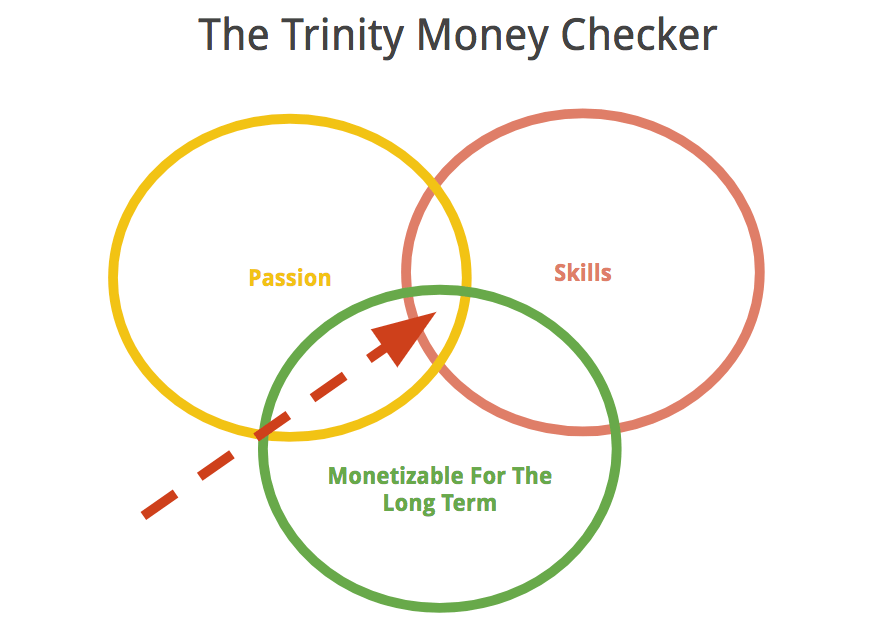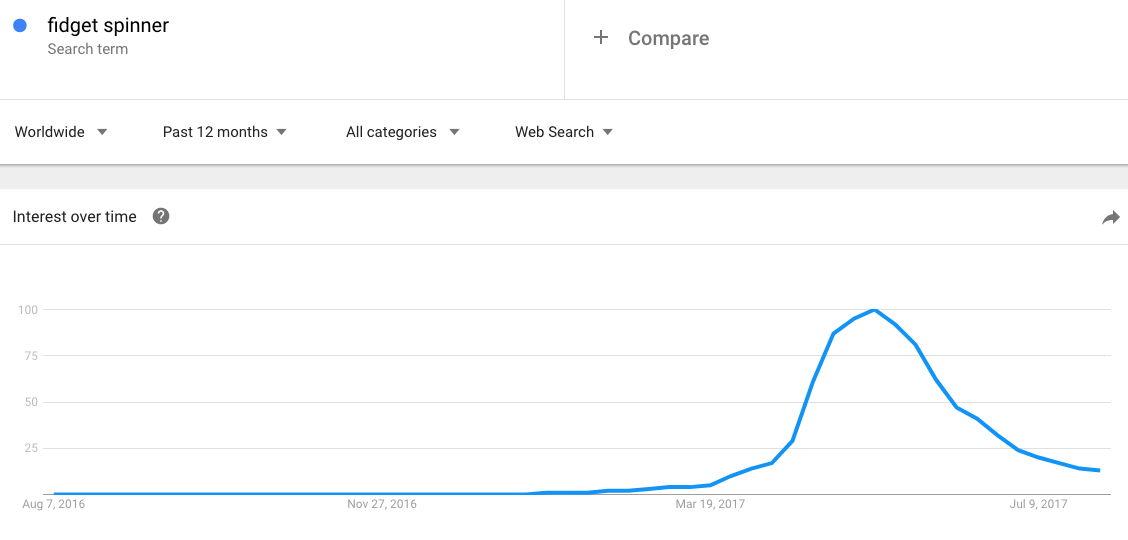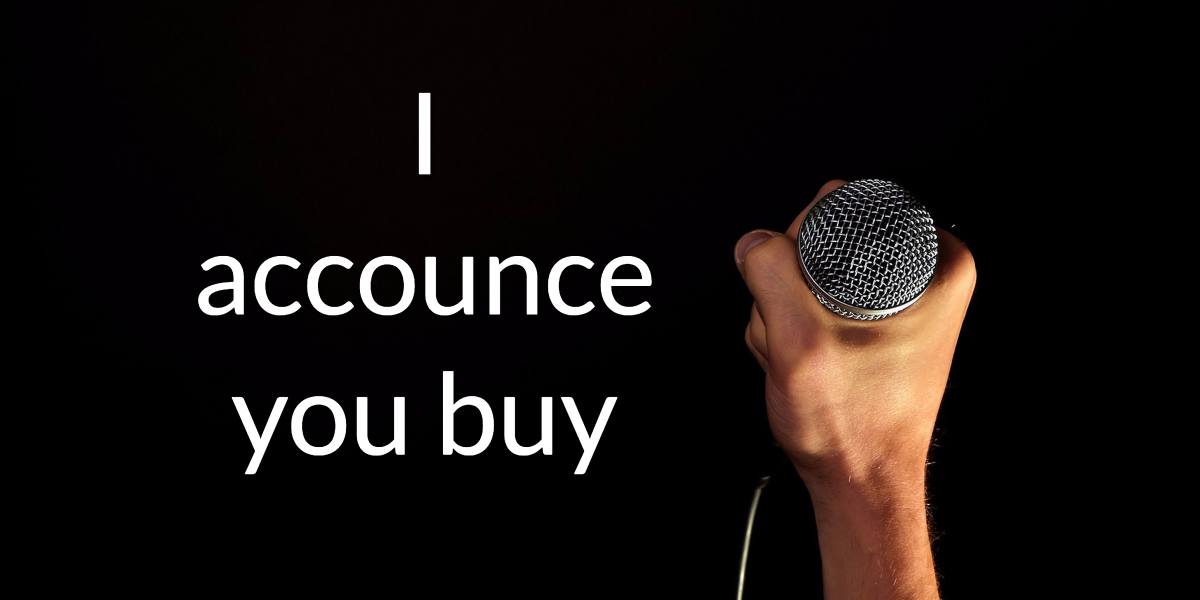If you’ve been following me for some time, you know the business model I employ is SaaS (software as a service), in the form of Zaxaa and BirdSend.
SaaS, as the name implies, basically means you provide software in the form of a service. You don’t actually own the software like you would when you pay a one-time fee to buy, say, Windows, Microsoft Office, or Photoshop.
With SaaS, you pay an ongoing fee (usually monthly or yearly subscription) in order to use the software. If you cancel your subscription, you lose access to the software.
In this post, I’d like to share with you the high-level view on how you, too, can start your own SaaS business… based on my experience running one.
But first, allow me to explain why I chose SaaS among so many other business models out there.
There are 2 reasons.
First is that I got into SaaS by accident.
Second is that this business model provides monthly recurring income (i.e. predictable, consistent income) even when you don’t have any new sales coming in this month.
First, let’s talk about…
By Accident

I’ve talked about this on my About Page. You can go there for the full story. The short version is that in 2011 we were trying to sell our own products but couldn’t find a suitable sales funnel cart that could do what we wanted.
So we built Zaxaa for our own internal use to sell our products.
Then we offered it to other small businesses as well.
In short, Zaxaa was born out of necessity.
Predictable, Consistent Income Even When There Are No Sales?

When you have predictable, consistent income, running a business without you becomes much easier.
In my opinion (and I’m pretty sure you’ll agree with me)… the best business model is where you get predictable consistent revenue every month, even if you don’t make any new sales that month.
SaaS makes this possible.
Of course, SaaS is not the only business model that can provide you with this. There are others like membership sites (where you provide ongoing monthly content), auto ship products, electricity, internet connectivity, insurance, etc.
This ‘recurring income concept is similar to email list building.
Why do you build an email list?
It’s because you want to build an asset. You want to have total control of your list.
With a list in your possession, you can promote anything you want to them. Of course, you need to make sure you do it the right way by engaging with them regularly and talking about topics that your list (audience) is interested in.
If you promote an affiliate offer, don’t send traffic directly to their sales page. Instead, ‘capture’ some of that traffic first by asking them to join your list by offering a Freemium a.k.a. lead magnet.
This way… your SEO, PPC, social media and whatever avenues you use to drive traffic to promote the affiliate offer won’t go down to waste if nobody bought the offer.
You still have their emails and can contact them again to engage and build relationships, and ultimately make more sales.
Even if they bought the affiliate offer, you can still promote other related offers from other product vendors… or even your own offer in the future.
This same ‘building assets’ concept applies to SaaS.
Even when you have no new sales coming in this month, you still have customers from the previous month, the previous 2 months, and previous 3 months paying you this month… albeit you’ll still experience churn.
You’re building an asset — one that continues to produce ‘output’ even when there is no new ‘input’.
[clickToTweet tweet=”SaaS is like producing ‘output’ even when there is no new ‘input’.” quote=”SaaS is like producing ‘output’ even when there is no new ‘input’.”]
The High-Level View On How To Start A SaaS Business

I present you the 4 I’s:
- Ideation
- Implementation
- I-Announce-You-Buy → this sounds cheeky, but whatever…
- Iteration
Ideation

Allow me to introduce to you The Trinity Money Checker:

To make sure people want to pay for your product/software, carefully choose a market/niche that satisfies all 3 elements (passion, skills, and monetizable for the long term).
Passion
As cliché as this may sound… if you don’t have passion, you’re not going to do this day in and day out. A good question to ask yourself is: “If I’m not being paid to do this, would I still do it?”
Choose a market that you’re passionate about. It’ll help A LOT to keep you going when you go through the rough patches in your business.
(Yes, you’ll definitely be experiencing challenging times. Who said business was easy?)
Skills
This is not about programming or design skills.
With software, you always need to have someone do the programming and design. But it doesn’t have to be you. You can find a tech partner, or you can hire/outsource.
Skills here refer to a close understanding of your target audience. What do you know about them? What are their problems and pain points? Are they male or female? What is their age range? What are their ambitions and goals?
To have people to want to use your software, it must be able to solve their problems.
And to know their problems and effectively solve them, I highly suggest you enter a market/niche where you understand the ins and outs of that market — that you got the skills.
Yes, you could enter any market even though you’re not familiar with it just by doing research… but you wouldn’t be able to feel and experience the pain points and problems faced by real people in the market.
All you got is theory.
Experience and feelings beat theory. Every. Single. Time.
Flashback… with Zaxaa we’ve felt and experienced the problem of not finding a sales funnel cart that can do what we want. Because we were our own target audience, we understood what the market wants, as opposed to just researching and coming up with theories.
Monetizable for the long term
The last question you need to be asking is: “Is this monetizable for the long term?”
Don’t go into a fad market where the popularity and demand are short-lived.
I’m sure you’ve heard of ‘fidget spinners’?

Fidget spinners first started gaining popularity around April 2017. It reached its peak in Mid-May 2017. After that, it’s free-falling.

Don’t enter into a fad market like this. Find an evergreen market that you can monetize for the long-term.
[thrive_text_block color=”green” headline=”Important”]
Monetizable for the long term also means that your target audience should be able to afford your software, and there must be enough demand for your software (the more desperate and the bigger the problems your software can solve, the better).
E.g. Don’t target broke people even though I’m pretty sure they have a lot of big and desperate problems that need to be solved.
[/thrive_text_block]
Implementation

Once you’ve found a target market, the next step is to start developing your software. If you’re NOT a coder, find one and ask him/her to be your business partner. If you’re a coder, find a marketing person to be your business partner.
The idea is you collaborate with someone and leverage on each other’s skills. This is way better than doing everything on your own.
Don’t be stingy and think you’ll be sacrificing equity in the company. Open up, be optimistic and understand that synergy is what creates a great company.
I-Announce-You-Buy

This phase is about releasing your SaaS in beta mode.
Beta software means the software is not ‘full-fledged’ and that bugs are to be expected.
The purpose of a beta release is not to make profits. The objective is to get the software into the hands of as many targeted users as possible so that the software can be improved (bugs fixed, performance enhanced, and new features implemented) based on their feedback and input.
This is a crucial point… so it’s worth repeating: ‘targeted users’.
You only want people who are genuinely interested in your software. Don’t use marketing gimmicks or financial incentives to ‘trick’ people into signing up for your software.
You’ll end up attracting the wrong crowd who are not interested in your software, which will lead to false positives.
What you want is targeted users reporting their bug findings to you. They share their opinion and feedback on what they like and don’t like about your software, along with suggestions on how to improve it.
Typically at this phase, you can have closed or open beta. Closed beta means you only invite a small number of people (usually your inner circles and people whom you know well in the industry) to test it out. Open beta means anyone can join.
Some vendors offer their beta software for free in an effort to get as many beta users as possible, while others offer a hugely reduced pricing fee. The benefits for these people is often a promise to them that they get to enjoy a huge discount for life when the software goes out of beta.
New users pay $100/month after beta, but you only pay $30/month (now and after beta) because you’re our early adopter.
When we first released Zaxaa open beta in 2012, it was a paid beta at the rate of $19.95/month, and they get to keep this beta rate until today. Now the fee is $77/month for new users.
Next, I want to bring up a very popular term called MVP.
No, it’s not Most Valuable Player.
MVP stands for Minimum Viable Product and is popularized by Eric Ries in his Lean Startup movement.
[pullquote align=”normal” cite=””]MVP is a product with just enough features to satisfy early customers, and to provide feedback for future development.
~ Wikepedia[/pullquote]
The idea is that you build a ‘lean’ or ‘slim’ product, in the beginning, to ‘test the water’. If it turns out little to no one wants your product, you haven’t wasted a lot of time and money.
However, I want to point out that just like hustling, MVP is an overused and — I feel — somewhat ‘hyped-up’ term.
Don’t get me wrong. I believe in MVP, but with a caveat.
The caveat is this, and this is just my opinion: MVP is a great strategy if you’re not sure whether your software can achieve product/market fit.
[pullquote align=”normal” cite=””]Product/market fit means being in a good market with a product that can satisfy that market.
~Marc Andreessen[/pullquote]
If you’re already sure that your software can achieve product/market fit, MVP becomes less important and relevant.
But how can you be sure that your software can achieve product/market fit?
The answer is by looking at your direct competitors.
With SaaS or software or any product in general, most of the time (not always) you will have competitors that are already doing well in the market.
If you’re building a software/product that is similar and directly competes for the same target audience with a competitor who is already doing well, you don’t need verification and ‘approval’ to build a more polished and complete version of your software.
Your idea has already been ‘verified’ to work, as evidenced by the success of your competitors.
If you settle only for MVP, you will get only a ‘minimal’ product that can barely compete with the big boys.
Not to mention that when you first release your MVP to start taking early adopters, your software is in beta version — which means not only are features and capabilities limited… but bugs are to be expected as well.
Unless your software offers something truly unique or revolutionary that no other software in the market provides… who in their right mind wants to sign up for a beta ‘buggy and limited capabilities’ software when there are other full-featured, stable comparative alternatives available?
Would you?
I know I wouldn’t.
So it’s not always that you should release a software as an MVP. Sometimes, releasing an MVP could kill your business.
[clickToTweet tweet=”Sometimes, releasing your software as an MVP (minimum viable product) could kill your business.” quote=”Sometimes, releasing your software as an MVP (minimum viable product) could kill your business.”]
Continuous Iteration

Once beta is released, make sure to keep a close eye on users’ complaints, feedback, suggestions, and bug reports.
Sometimes (or should I say a lot of times), what you think they want and what they really want is different.
So instead of strategizing all day long in your office, listening to users’ feedback is much more valuable and accurate. After all, these are real users using your software.
You want to make it easy for people to give their feedback. If they can do so at the click of a button, you’ll get more feedback.
When you get them, make sure to be very active in responding to them. Folks have spent their precious time talking to you (to improve your software), at the very least you want to thank them for doing so… even if you can’t promise their suggestions or feature requests will be implemented.
Of course, you can’t possibly implement all suggestions and feedback. It’s just not feasible.
Everyone has different needs. John wants a certain workflow to be implemented. Peter wants the total opposite of what John wants. Who do you listen to?
Andrew wants X.
Michael wants Y.
Mary wants Z.
And the list goes on.
Before implementing a new feature request or suggestion, you have to take into consideration a few things:
- The number of people requesting the feature. Obviously the more people, the higher priority it should be.
- Does the new suggestion make sense for the overall objective of your software? If it doesn’t align with the objective or if it’s too far off, you shouldn’t implement it.
E.g. With Zaxaa, we’ve had requests to implement a full-fledged landing page creator. This is too far from our main objective of creating a sales funnel shopping cart platform. - The more features inside your software, the harder it is for people to use it. The user interface will have more options and menus. First-time users will find it challenging to use with the barrage of options to choose from.
- The more features there are, the bulkier your software becomes. This leads to performance issues and a buggier software.
The concept of ‘Less is more’ applies here.
Instapage only does landing pages. It doesn’t do email marketing.
MailChimp only does email marketing. It doesn’t try to do video hosting.
Wistia only does video hosting. It does not do accounting and invoicing.
Freshbooks only does accounting and invoicing. It doesn’t try to do shopping carts.
The key is to always be willing to keep an open mind and learn new things every day. And you learn the most when you listen to what your users/customers are saying.
Let them guide you instead of guessing what they want.
Even though this post offers a simplistic high-level view of what it takes to start a SaaS business, I hope this is useful for you.
Let me know what you think in the comments. I read and appreciate each and every comment.
